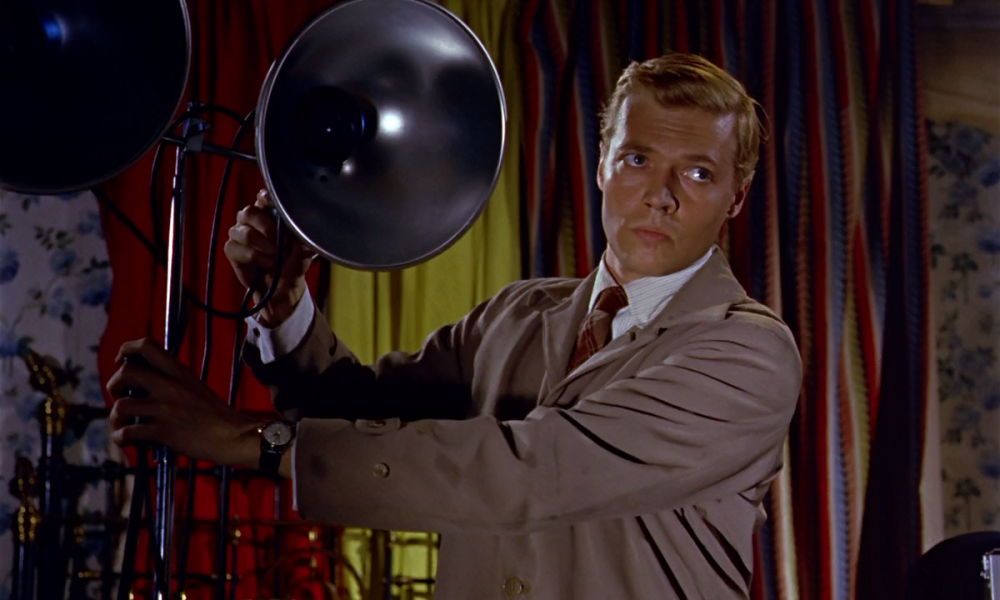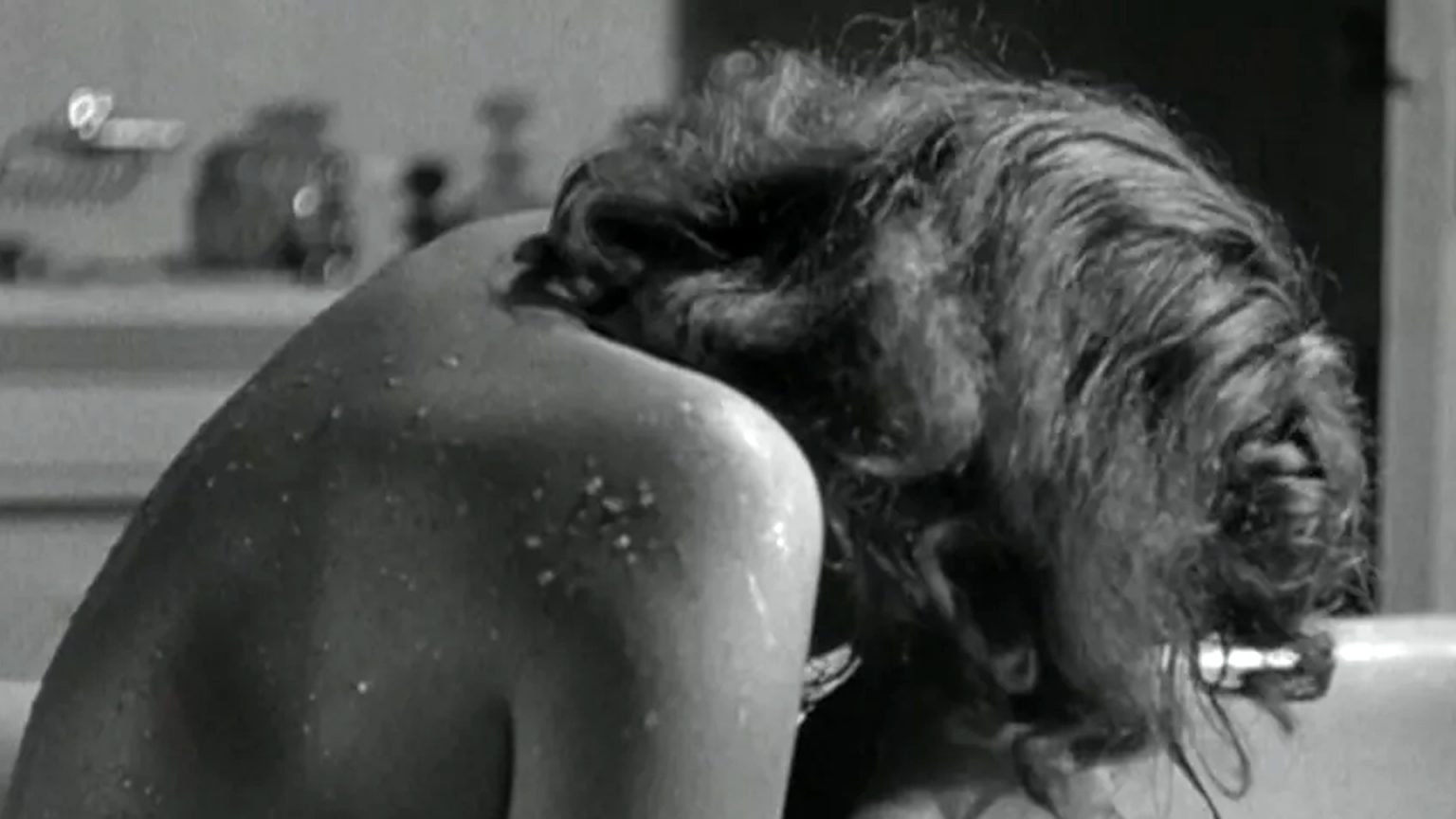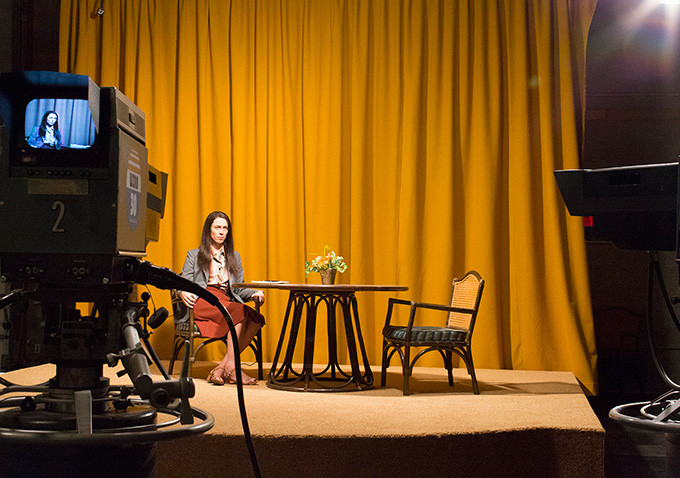Christine, a new film about the sad life and spectacularly awful death of television newscaster Christine Chubbuck, arrives in theaters at a peculiar moment for docu-dramas. Once a staple of made-for-TV movies and surefire Oscar bait for large-scale Hollywood productions, today’s based-on-a-true-story fare is having a hard time keeping pace with cable television news—for reasons the Chubbuck story illuminates.
Chubbuck hosted a local news digest show at a TV station in Sarasota, Florida, where, on July 15, 1974, a few minutes into her regular broadcast, she announced: “In keeping with Channel 40’s policy of bringing you the latest in blood and guts, and in living color, you are going to see another first: attempted suicide.” Then she pulled a revolver out from under her desk and shot herself behind the ear. Today it’s thought that only a few hundred people saw the act when it occurred. Does a video recording of it exist? If so, its voyeuristic value is considerable. A Vulture article from earlier this year calls Chubbuck’s on-air suicide “the Holy Grail” of an internet subculture focused on gruesome, “hard-to-find” videos of people dying—the most popular of these being the 1978 pseudo-documentary Faces of Death. But the film that most keenly evokes Chubbuck’s death in the popular imagination is David Cronenberg’s sci-fi thriller Scanners (1981), best remembered now for one scene of an exploding head.
Christine contains nothing so gaudy. Solidly directed by Antonio Campos, from a screenplay by Craig Shilowich, it tells the sad tale of a depressed woman whose work environment only serves to stoke her despair. Rebecca Hall is excellent in the title role, and Michael C. Hall and Tracy Letts are equally good as her casually insensitive co-workers. Morbidly curious voyeurs may be disappointed that Christine doesn’t deliver the “money shot,” à la Scanners. Nor, however, does it replicate the casual indifference of cable news, with its seemingly non-stop footage of police pursuits ending in the deaths of “suspects”—invariably unarmed black men.
Philando Castile in Minnesota.
Dylan Noble in California.
Paul O’Neal in Illinois.
Keith Lamond Scott in North Carolina.
Alton Sterling in Louisiana.
Just to take some recent examples. These are people we’ve met by way of “bodycam” and “dashcam” footage from the officers who took their lives—and also, in some cases, by way of cellphone video from horrified loved ones. The news, in short, has become one big snuff film.
“Snuff” is a sub-genre of hardcore porn that while much-discussed has yet to be verified as actually existing—save for these new “news” manifestations. Each of these press-disseminated videos is cannily prefaced with warnings about how what you’re about to see is disturbing, so as to obfuscate any notion of pornographic intent. But what that trigger warning means in actual practice is: “Come and get it!” And you can do so over and over again because they’re all on YouTube.
In a thoughtful Washington Post op-ed, April Reign noted of the Alton Sterling execution: “These recordings, which are tantamount to snuff films, are shared thousands of times, to the point that they’re hard to avoid — on Twitter, on the morning news, on a TV screen at the gym. For me, these videos are debilitating, senseless violence played over and over again.” And repetition breeds contempt for humanity.
The first use of the term “snuff film” came, perhaps unsurprisingly, from Charles Manson. According to Ed Sanders’ 1971 book The Family, about Manson and his cult, films were made of the murders they committed. None has ever surfaced, but still, the term took hold. Claims that such films were made “in South America…where life is cheap” were affixed to a 1976 “slasher” film called Snuff, and then snuff films were referenced as plot points in far more conventional thrillers thereafter, often added for an extra soupçon of “spice.”

Horrific death has been a movie staple in one way or another since movies began. Georges Hatot’s The Assassination of the Duke of Guise was an international sensation in 1897, as was Charles LeBargy’s 1908 remake. Murderous slaughter has figured in any number of films over the years since then. But Alfred Hitchcock brought it to a new level in 1960 with Psycho. Suddenly, details of death formerly thought far too ghastly to view were offered up and greedily devoured as entertainment. Some critics were greatly disturbed by Hitchcock’s film, others admired its audacity—and the public flocked to it. The following year, when Hitchcock’s contemporary Michael Powell made the thriller Peeping Tom, the reaction was startlingly different. Shot from an original screenplay by wartime cryptographer Leo Marks, Peeping Tom centers on a murderer, played by Karlheinz Böhm, who’s every bit as sympathetic as Psycho’s Anthony Perkins. The difference is his manner of murdering: with a knife attached to a motion-picture camera. The knife is plunged into victims as the camera records their deaths, which the victims also witness, through a mirror attachment. It was this framing device—acknowledging the viewer’s desire to witness a murder, however ghastly it may be—that made Peeping Tom so special, for the film shows us no blood, no wounds; all we see is the cinema itself. And that’s what provoked outrage.
“The only really satisfactory way to dispose of Peeping Tom,” wrote the London Tribune‘s critic at the time, “would be to shovel it up and flush it swiftly down the nearest sewer. Even then the stench would remain.” His was just one of the many incensed reviews the film inspired upon its release. It virtually ended the fabled career of the man who’d also made The Life and Death of Colonel Blimp, The Tales of Hoffmann, and above all, The Red Shoes. And while Peeping Tom‘s reputation has been recovered in recent years, it’ll never be the sort of film the mainstream will take to its heart. Sure, it’s no Salò (1975), but the telescopes and binoculars through which the libertines watch their fellow killers commit the climactic dismemberments in Pasolini‘s film of the Marquis de Sade’s horrendous book implicate the viewer in the same way.
Likewise, the fake found footage of Ruggero Deodato‘s Cannibal Holocaust (1980). The difference between this and today’s news is that the latter presents corpse after corpse with the guarantee that we’ll be kept at a discreet distance—not unlike that decried by Wikileaks when describing its leaked Apache helicopter video of a lethal 2007 Baghdad airstrike as “Collateral Murder.” Now, the “news” makes sure to put graphic-content warnings on its carnage. But this only serves to certify the manifest bad faith of those who claim to “inform” us. Make no mistake: What Hitchcock, Pasolini, and Deodato offer, however “explicit” their images may be, is only fiction. The blood and guts of the “news” are quite real. And that’s all the difference. Especially when you’re black.
There’s always been a portion of the public, seldom if ever acknowledged, that wants to see real death. But this sort of footage is not all that “hard to find.” What’s rare is when the subjects are white. Consider the public suicide of R. Budd Dwyer, a Republican State Senator and Treasurer of Pennsylvania in the 1980s. In 1986, Dwyer was convicted of receiving a bribe. Throughout his trial and after his conviction, he maintained that he was innocent and had been framed. At a press conference in January of 1987, when scheduled to be sentenced on those charges, Dwyer took out a gun and shot himself. That footage is on YouTube too.
‘Christine’
And consider Christine Chubbuck, whose story has inspired not one but two films this year (the other is Kate Plays Christine), underscoring the degree to which Chubbuck’s suicide was a form of performance—a kind of “acting out.” It should not be forgotten that her last statement used the phrase “attempted suicide” rather than simply “suicide.” Could it be that Chubbuck hoped someone might stop her at the last nanosecond? Alas, we’ll never know.





